
Organic & Natural Pest Solutions
We unite suppliers and green industry professionals worldwide
The Wax Begonia is a garden favorite for its shiny, waxy leaves, and clusters of long blooming flowers. Available in pink, red, white, and bi-colored forms, this versatile plant thrives in both sun and shade and works beautifully in borders, containers, a
By Mariam Scott
|Published on July 03, 2025
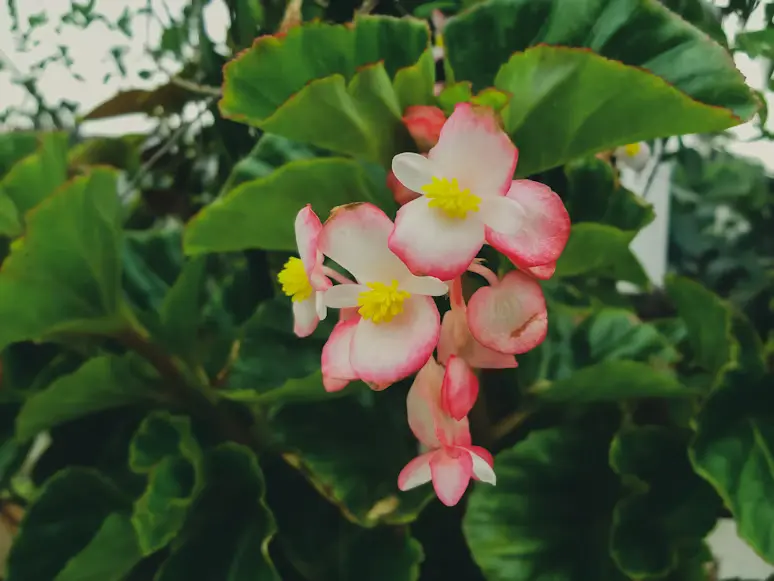

Did you know Wax Begonias are some of the longest-blooming bedding plants, staying colorful from spring until frost without missing a beat?
The Wax Begonia (Begonia x semperflorens-cultorum) is a garden favorite for its shiny, waxy leaves, and clusters of long blooming flowers. Available in pink, red, white, and bi-colored forms, this versatile plant thrives in both sun and shade and works beautifully in borders, containers, and hanging baskets.
With their tidy, compact shape and non-stop blooms, Wax Begonias are easy-care winners that deliver maximum impact with minimal effort.
| Common Name | Wax Begonia |
| Botanical Name | Begonia x semperflorens-cultorum |
| Type | Tender perennial (grown as annual in most zones) |
| Height | 6-18 inches tall, 6-12 inches wide |
| Light Requirements | Full sun to partial shade |
| Soil Needs | Well-draining, rich and slightly acidic |
| Watering Needs | Moderate; it prefers consistent moisture |
| Hardiness Zones | 10–11 (USDA); grown as annual elsewhere |
| Bloom Period | Late spring to frost |

September 12, 2025
14 minute read
September 12, 2025
23 minute read
September 11, 2025
14 minute read
September 08, 2025
8 minute read


Join as a seller and connect with thousands of B2B buyers nationwide!
Sign Up
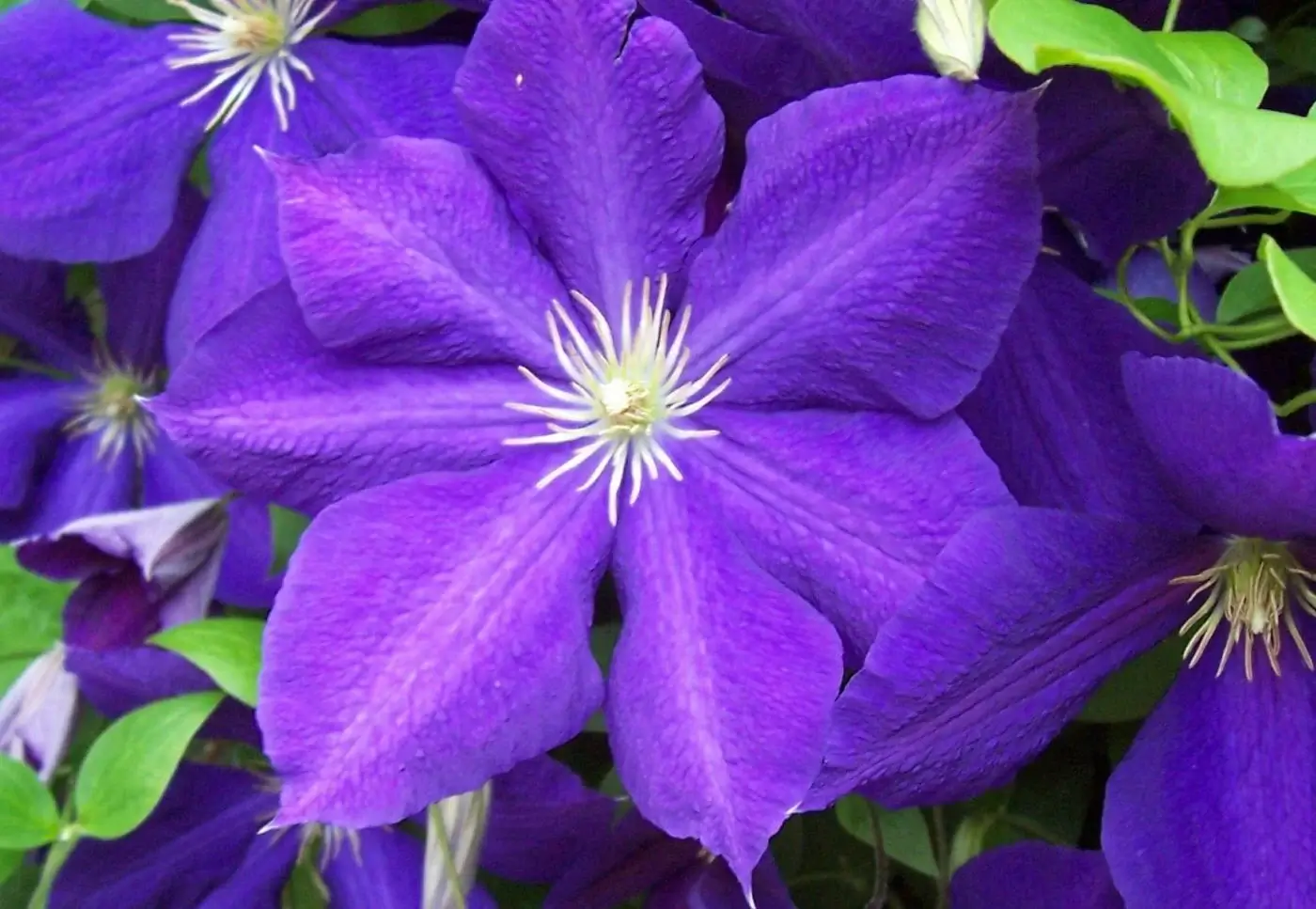
Jackman Clematis
A Beautiful Spring Climber that Adds Drama to Your Garden
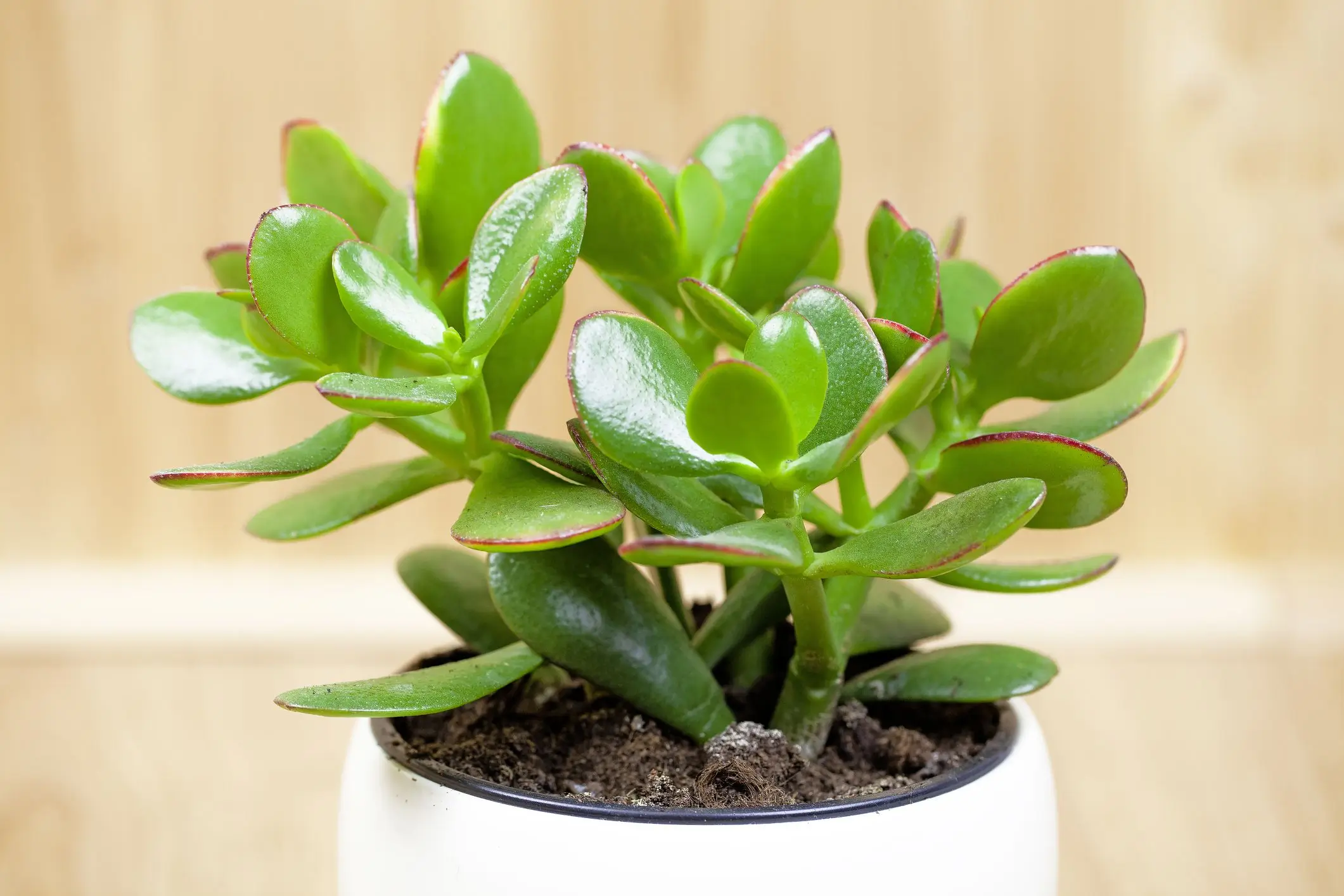
Jade Plant
A Timeless Succulent That Brings Elegance and Luck
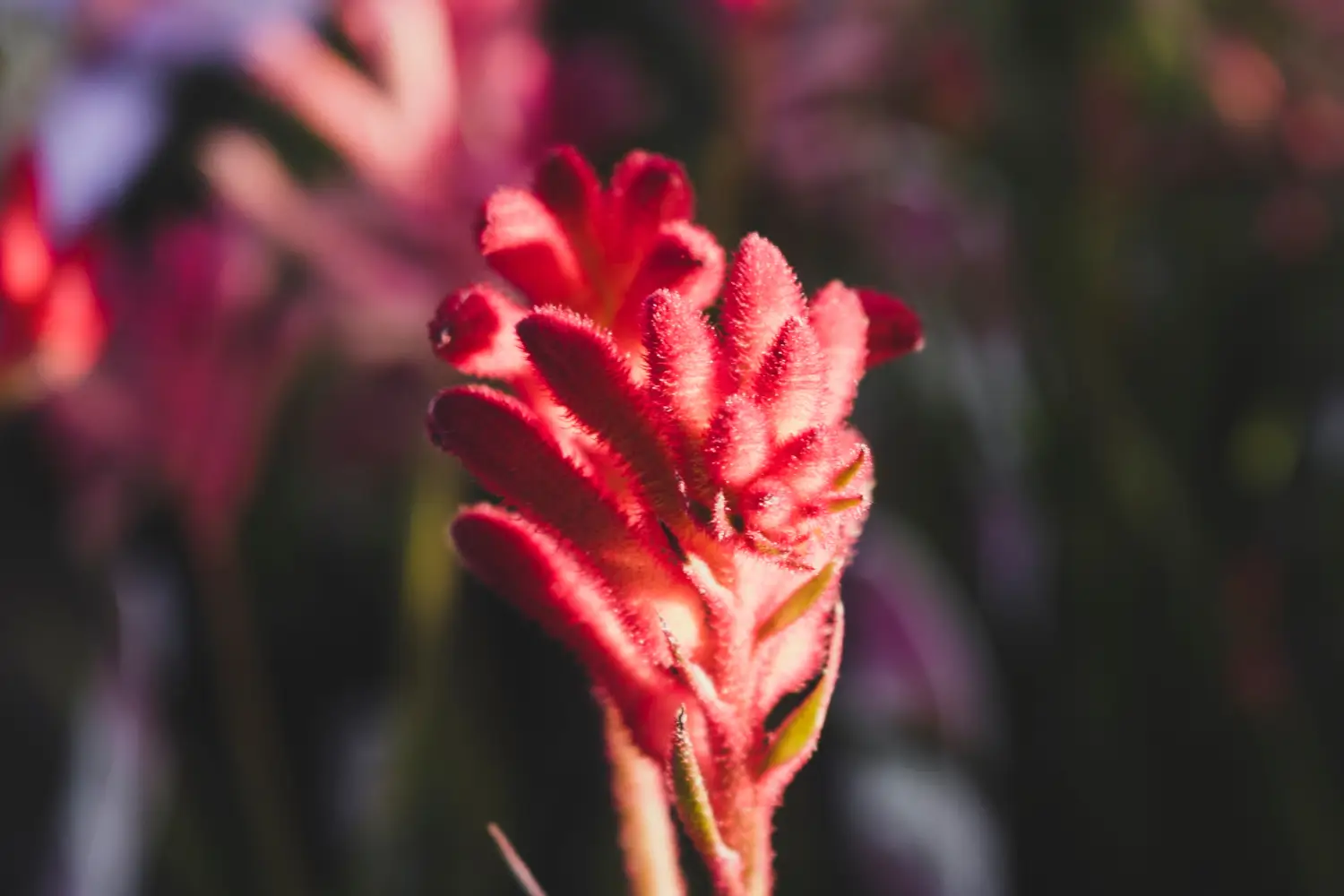
Kangaroo Paw
A Unique Flower That Adds a Bit of Australia to Your Garden
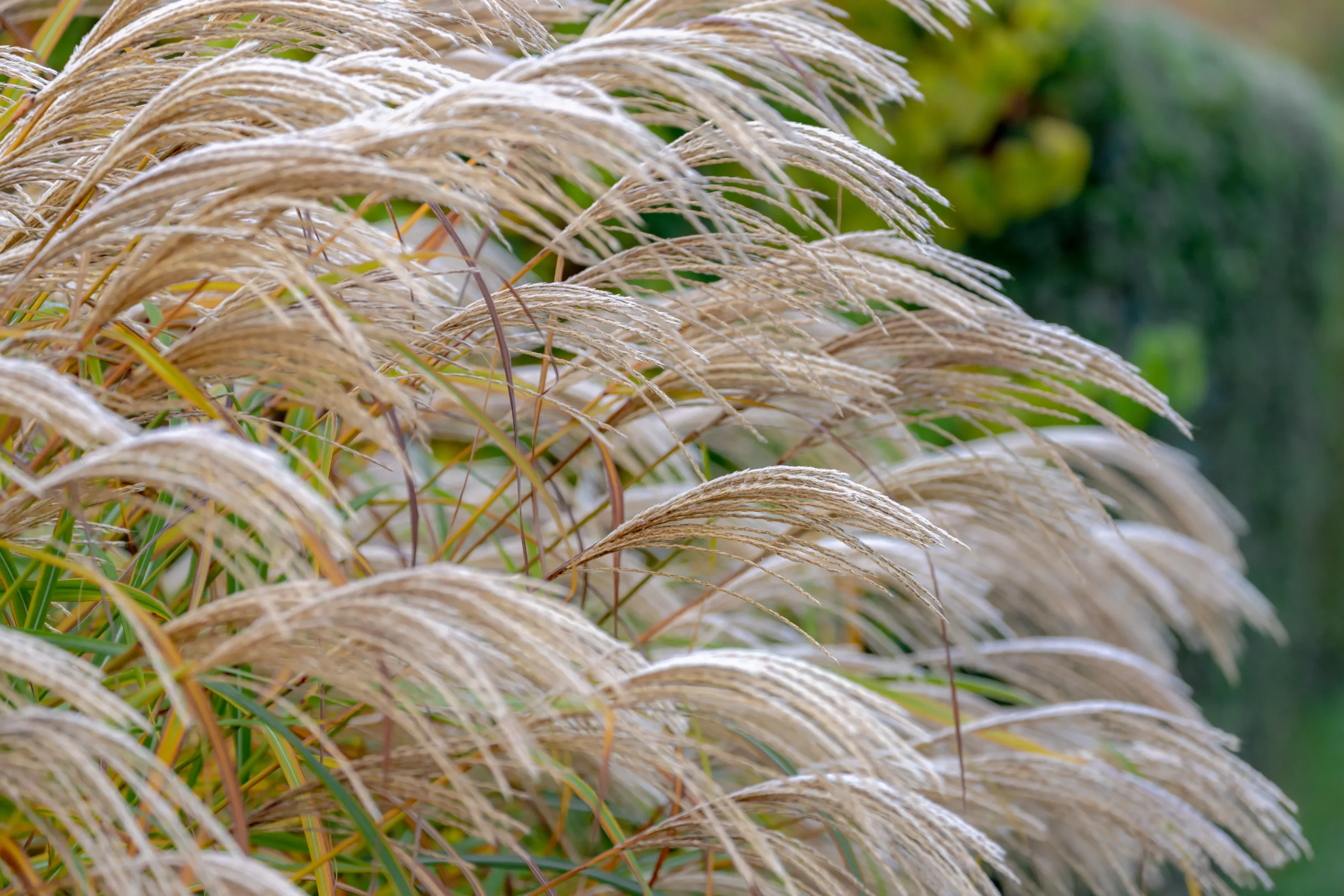
Karl Foerster Feather Reed Grass
A Graceful, Low-Maintenance Grass That Dances in the Breeze
Wax Begonias are very versatile and low effort-requiring plants, whether you are planting them in flower beds, window boxes, or pots. Warm weather is what they love, and also benefit from regular feeding to keep the blooms coming.
Plant in spring after the danger of frost is past. Amend the soil with compost, and space plants 6–12 inches apart to allow for airflow. Deadhead (remove spent blooms) regularly to promote additional flowering, though some varieties are self-cleaning. Feed regularly with a balanced liquid fertilizer (every 2 –4 weeks) during growing season. If grown in partial shade, they'll still bloom—just a little less profusely.
Wax Begonias are very flexible with light. They perform best in full sun to partial shade, and their performance does vary a bit based on your climate. In cooler, northern zones, full sun is best for most blooms and compact growth.
However, in hotter southern climates, strong afternoon sun can be too intense—causing leaf scorch or faded color. In those places, a location with morning sun and dappled afternoon shade is best. If you grow indoors, place them near a bright window and indirect light. Whether in the garden or in containers, aim for 4–6 hours of sunlight a day for best results.
Good soil is crucial for Wax Begonias. They like rich, loose, and well-drained soil with a slightly acidic to neutral pH (5.5-6.5 is perfect). Improve the structure and drainage of heavy clay or excessively sandy soils in garden beds by incorporating compost or peat moss. Make sure to avoid too wet or soggy spots that will soon cause the roots to rot.
If you’re planting in a container, choose a good quality potting mix formulated for flowering annuals. Some extra perlite can aid in drainage.
*Remember: the roots want to breathe, not sit in water.
Wax Begonias prefer consistent moisture, but are not fans of soggy soil. Water when the top inch of soil is dry to the touch — that can be every few days in summer heat, but less often in cooler conditions. Check more often in containers, as pots will dry out more quickly than in the garden.
Always water at the base of the plant to avoid wetting the leaves, a condition that can foster fungal problems like powdery mildew. Watering early in the morning is preferable, so that the leaves have time to dry out. Cut back on watering during the cooler months or when there's been extended periods of rain to avoid overwatering stress.
Trimming Wax Begonia keeps it tidy and encourages more blooms. Here's how to do it. Here's how to do it:
Wax Begonias are easy to propagate by cuttings from the stem:
Wax Begonias are perfect for pot culture. Plant in containers with good drainage holes and filled with a rich, lightweight potting mix. Water when the top inch of soil is dry and feed monthly with a diluted fertilizer..
They look particularly striking in hanging baskets, mixed planters or patio containers. Compact and self-contained, they won’t overwhelm other plants. Rotate your pot regularly (about once a week) for even growth and bloom coverage.
Wax Begonias are tender perennials, though not hardy enough to withstand frost. In zones below USDA 10, they’re usually grown as annuals. For overwintering, you can bring healthy plants indoors before the first frost and grow them as houseplants in a bright window. Cut back on watering in the winter and begin fertilizing again in early spring.
Wax Begonias are near-continuous bloomers from late spring to frost. Their blossoms come in white, pink, or red, often nicely contrasting with green or bronze leaves. Deadheading can encourage more blooms, though most new varieties are self-cleaning.
Wax Begonias are easygoing, but watch for a few potential concerns.
Wax Begonias are true summer workhorses—easy to grow, endlessly blooming, and perfect for everything from formal borders to playful patio pots. Glossy-leaved and cheery-flowered, they provide long-lasting color with surprisingly little effort. Whether you’re a new gardener or a seasoned grower, this classic plant brings dependable beauty to any space from spring through fall.
Yes, Begonias have oxalates which are toxic to cats and dogs when consumed.
Yes, but in warm locales, some afternoon shade will prevent the leaves from scorching.
Many are self-cleaning; however removing old blossoms can stimulate additional bloom.
Yes — just some good light, warmth and evenly watering.

Organic & Natural Pest Solutions
Gina Lazaarus

AgriTech & Farm Automation
Gina Lazaarus

AgriTech & Farm Automation
Gina Lazaarus

Outdoor Living
Victor Miller

Outdoor Living
Victor Miller

Outdoor Living
Victor Miller

Greenhouse Growing
Gina Lazaarus

Agricultural Policy & Innovation
Gina Lazaarus
My Account
Our team is always here to help.
We are open Monday - Friday, 9:00 AM to 4:30 PM PST.